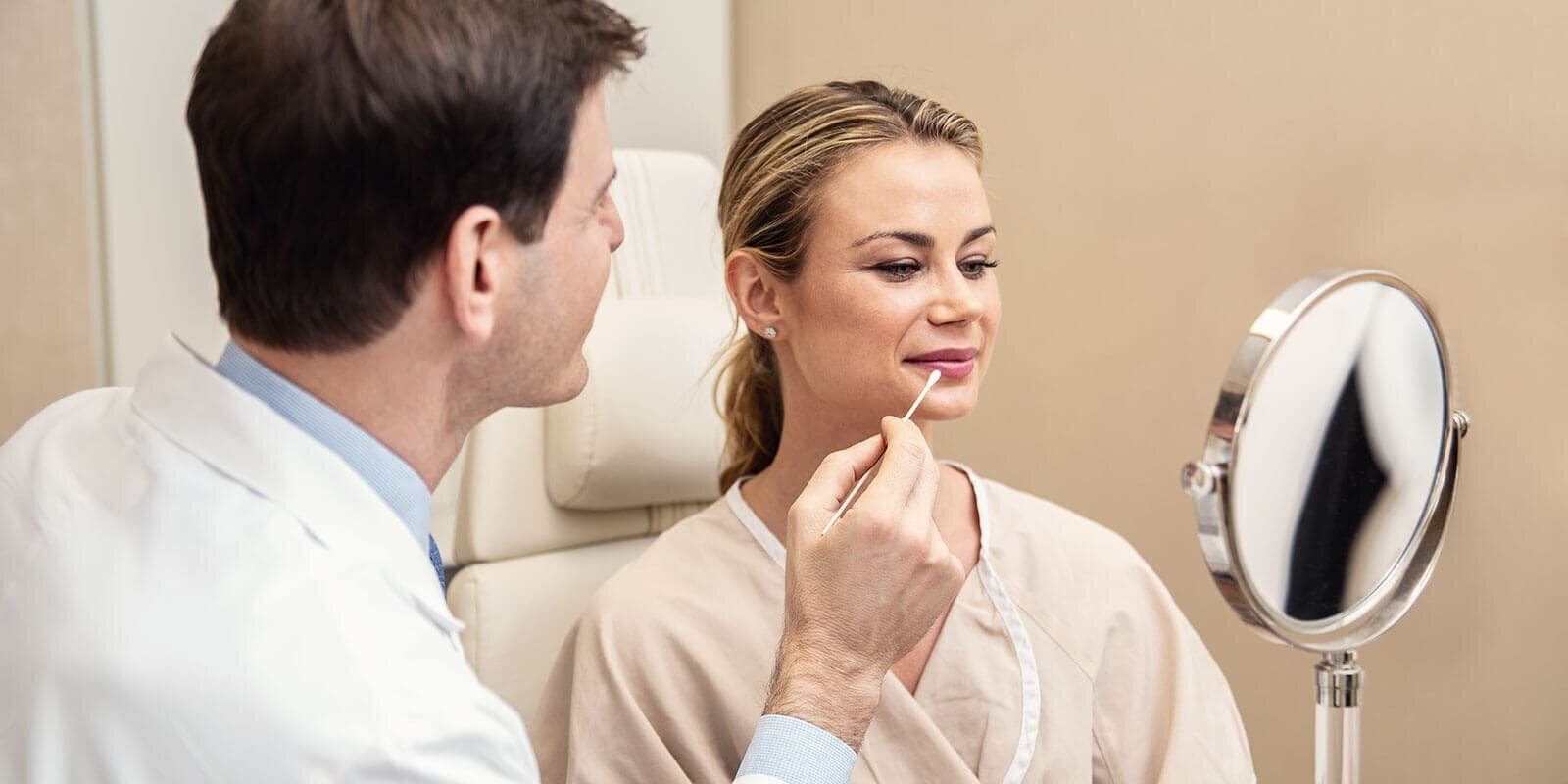New York Laser Resurfacing
To treat sun damaged skin, fine lines, inelasticity, brown spots and other pigment problems, large pores, and other skin tone and texture issues, resurfacing treatments are most suitable.
Out of laser, chemical peel, and dermabrasion, laser resurfacing is the most contemporary skin resurfacing modality, which can be applicable over a wide range of skin types and conditions and can be meticulously adjusted to your unique goals. Laser Resurfacing can be performed to improve the tone and texture of the face, eyelids, neck, chest, and hands.
There are two primary laser resurfacing modalities: 1) nonablative laser resurfacing, and 2) ablative laser resurfacing. Nonablative laser resurfacing, such as Fraxel Dual laser, is a minimal downtime treatment. Ablative laser resurfacing, such as CO2 laser, Active FX or Deep FX, is associated with a recovery period following treatment. The specific laser resurfacing technique can be uniquely tailored to an individual's specific skin requirements and personal desires.











